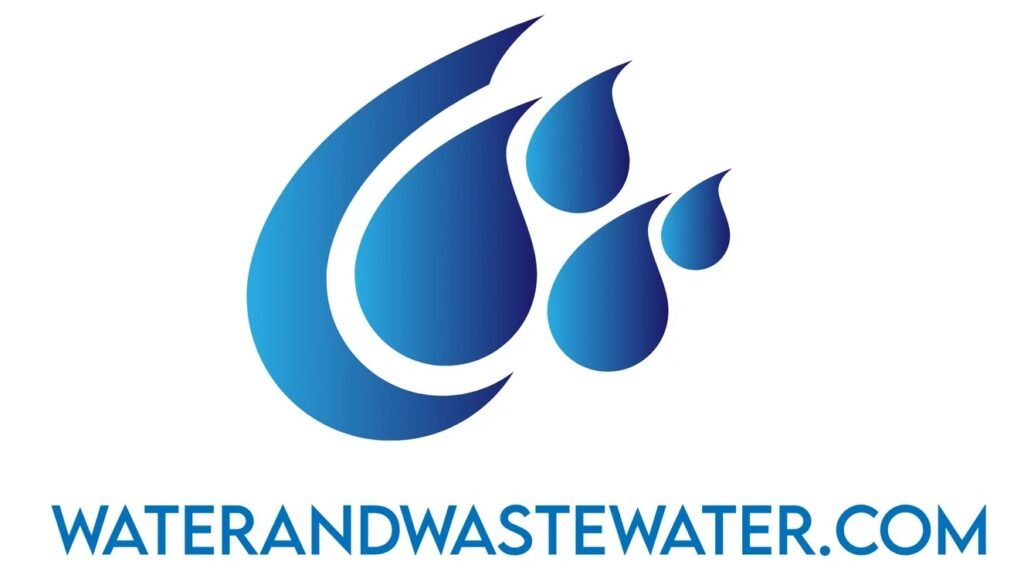
Tag: methods
Ultrafiltration is a compelling purification and separation technology widely used in the treatment of wastewater. This process utilizes a semipermeable membrane to separate particles and dissolved molecules based on size. Particularly efficient in removing bacteria, viruses, and high-molecular-weight substances, ultrafiltration serves as a pivotal step in refining wastewater to meet stringent environmental and health standards. […]
In the realm of wastewater treatment, Low Pressure (LP) UV systems present an effective method for disinfecting water. These systems employ ultraviolet light to inactivate harmful microorganisms, including bacteria and viruses, which are often present in untreated wastewater. Unlike chemical disinfection methods, LP UV systems do not introduce any chemicals into the water, making them […]
Membrane bioreactors, known as MBRs, are an advanced solution for wastewater treatment, combining conventional biological processes with membrane filtration. This technology has significantly evolved over the past decade, addressing many of the limitations found in traditional treatment methods. MBR systems integrate a suspended growth bioreactor with filtration capabilities, typically utilizing microfiltration or ultrafiltration membranes to […]
Light-emitting diode (LED) UV systems are revolutionizing the approach to disinfection in wastewater treatment facilities. By harnessing the power of ultraviolet (UV) light, these systems offer a chemical-free method for effectively inactivating pathogens in wastewater. Compared to traditional UV sources, LEDs operate with greater energy efficiency and possess a longer lifespan, enabling more sustainable and […]
Surface aerators play a crucial role in wastewater treatment, as they introduce air into the water to allow aerobic degradation of pollutants. By mixing oxygen with wastewater, these devices support the growth of bacteria and other microorganisms, which are essential for breaking down organic matter. The oxygenated environment created by surface aerators not only facilitates […]
Wastewater disinfection is a critical component of water treatment processes, ensuring the safety of water for reuse or release into the environment by neutralizing pathogens. Various disinfecting agents and technologies are employed to achieve this, each suited to different types of wastewater and regulatory standards. The effectiveness of each disinfection method is influenced by factors […]
Membrane filtration has emerged as a critical technology in wastewater treatment, serving as a frontline process that allows for the separation of contaminants from water. It operates through a selective barrier—a membrane—that permits certain substances to pass through while others are retained. The importance of this technology stems from its ability to effectively remove a […]
Electrochemical ion exchange (EIX) is an innovative approach to wastewater treatment that harnesses electrical energy to remove contaminants. This method borrows principles from both electrochemistry and ion exchange technology, creating a synergistic process that improves efficacy and efficiency in treating wastewater streams. By applying an electrical potential, EIX can selectively target and remove ionic species […]
Dissolved Air Flotation (DAF) is an effective process used in treating wastewater, specifically aimed at removing solids, oils, and greases. At its core, the DAF method involves supersaturating water with air under pressure and then releasing the pressure to form microbubbles that attach to particulates, causing them to rise to the surface, where they can […]
Drying beds in wastewater treatment are an essential component for the efficient management and recycling of the byproducts of treated water. They operate on a relatively simple principle: separating solids from the liquid in sludge and then allowing the water content to evaporate, leaving behind dried solids that can be disposed of or repurposed. The […]